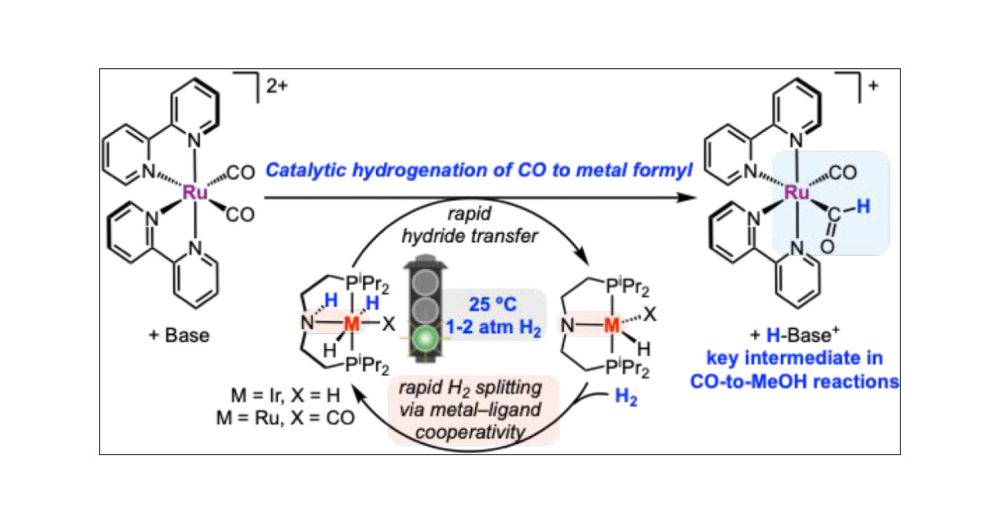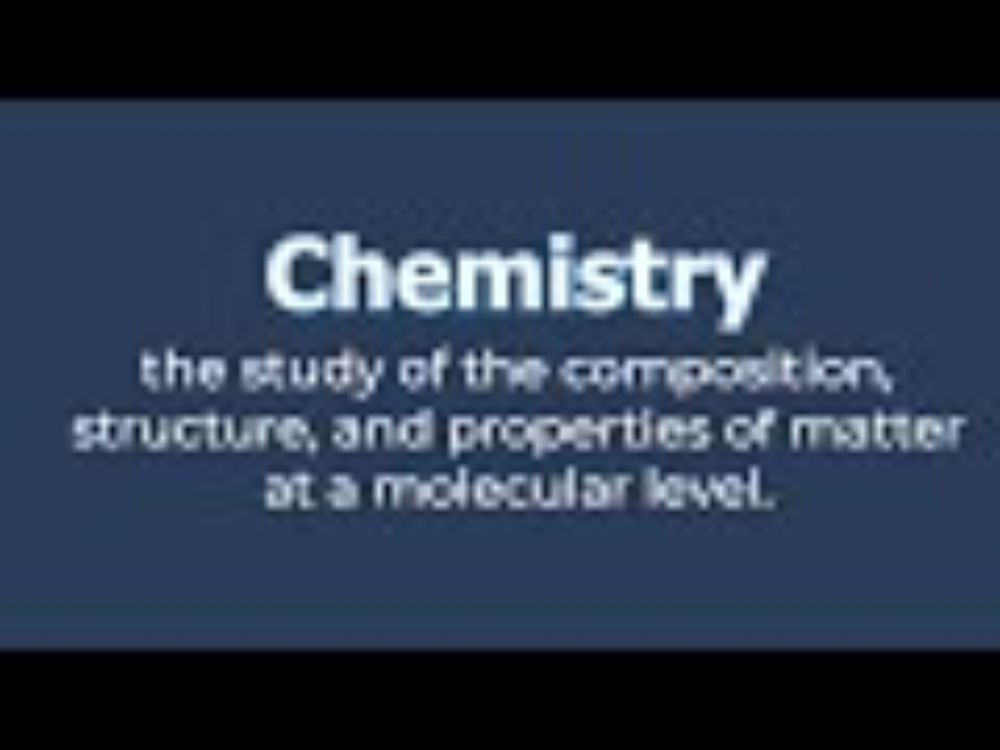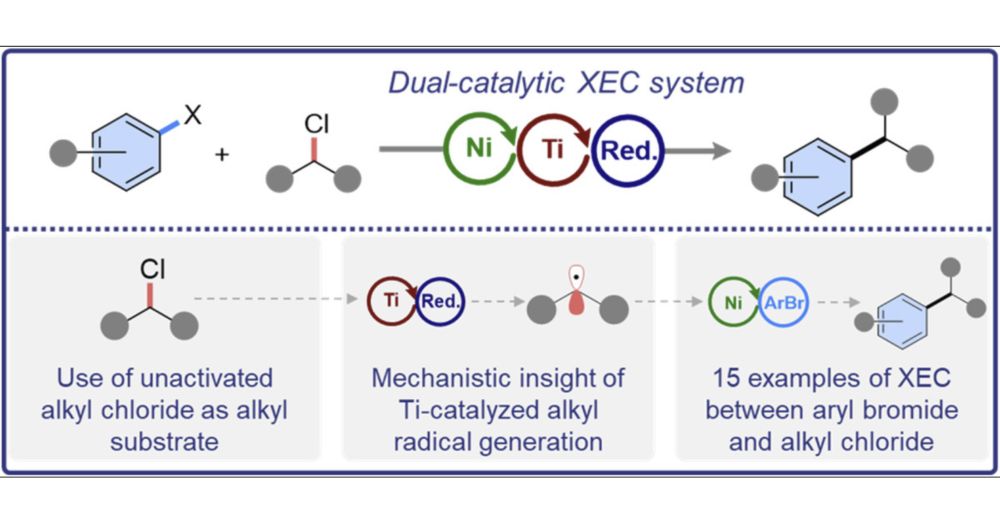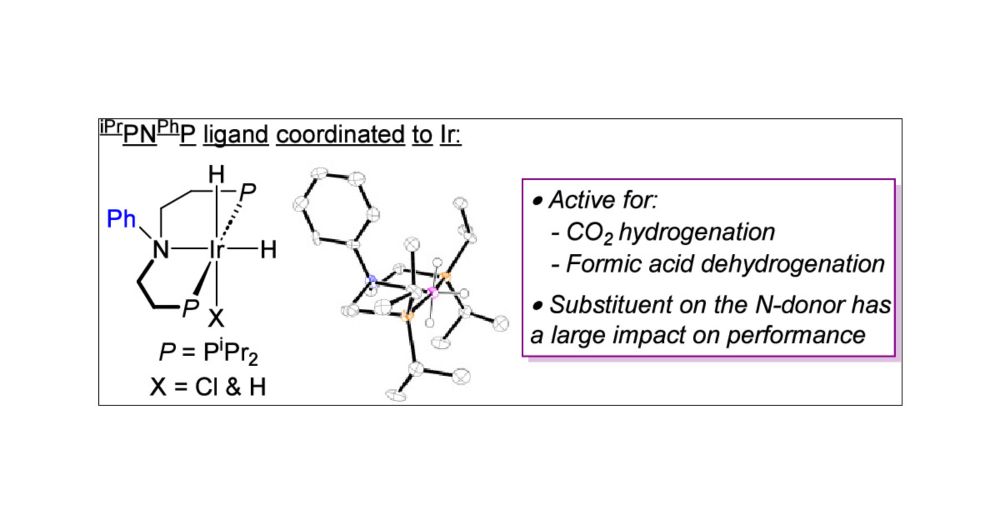Organometallic Chemist
PostDoc at Yale with Nilay Hazari
PhD UC Irvine with Bill Evans
Research, news, and commentary from Nature, the international science journal. For daily science news, get Nature Briefing: https://go.nature.com/get-Nature-Briefing
Nature Energy is a peer-reviewed research journal that publishes the latest advances in the energy field, from the generation, storage, and distribution of energy to the societal impact of energy technologies and policies.
www.nature.com/nenergy
A chemistry journal published by SpringerNature
.
Nature Catalysis publishes high quality work across all areas of catalysis, including both fundamental and applied studies.
https://www.nature.com/natcatal/
Chemistry Europe is an association of 16 chemical societies from 15 European countries. We publish a family of high-quality scholarly chemistry journals.
https://chemistry-europe.onlinelibrary.wiley.com/
Chemistry: Covered. The latest news, research, features and opinion from across the chemical sciences. Published by the Royal Society of Chemistry.
https://www.chemistryworld.com/
Providing expert advice on some of the most pressing challenges facing the nation and world. Non-partisan. Non-profit. https://nationalacademies.org
1. A blog to help chemists find jobs. (chemjobber.com) 2. Towards a quantitative understanding of the quality of the chemistry job market
A chemistry journal for cutting-edge research and analysis from @natureportfolio.nature.com. Account run by @nchemgav.bsky.social and @joansp.bsky.social
https://www.nature.com/nchem/
Improving all lives through the transforming power of chemistry
Official Bluesky account of the Ellman Lab at Yale University
We are the Mayer lab at Yale University. We love PCET, charge balance, and are addicted to square schemes!
#jimisrad | student run | @yalechem
official Bluesky account (check username👆)
Bugs, feature requests, feedback: support@bsky.app



